Ah, the memories flood back as I reminisce about my dad’s Mamiya ZE Quartz camera. I was always fascinated by its charm and desperate to learn its secrets, but sadly, that ambition remained unfulfilled. Fast forward to the present, where I embarked on my very first job and made a firm decision to dive headfirst into the enchanting world of film photography. Equipped with an impressive Olympus OM-10 and a fantastic 50mm Zuiko lens, generously gifted to me, I set out on a mission to unleash my creativity.
Picture this: it was the turn of the century, and autofocus SLR cameras were all the rage. So, with my hard-earned first paycheck, I couldn’t resist treating myself to a shiny Nikon F65. Oh, the joy of capturing moments with that beauty! But, as time went on, my insatiable appetite for gear got the better of me. Just a few months later, I found myself succumbing to temptation once again and upgrading to the more capable Nikon F80.
For a solid eight years, my faithful companion, the Nikon F80, accompanied me on countless photographic adventures. However, the irresistible allure of digital photography eventually took hold, and I made the switch, fully embracing the world of pixels and instant feedback. I must admit, the digital realm worked wonders for my skills. The ability to see the results instantly and refine my compositions with ease was a game-changer. Not to mention the digital darkroom techniques that opened up a whole new realm of creative possibilities.
But, in the depths of my being, a quiet yearning remained. The simplicity of film and the sheer joy of awaiting the prints from the lab, days after capturing those precious moments, lingered in my heart. There’s something magical about the anticipation and delayed gratification that digital photography can never quite replicate.
Continuing on from my journey, a delightful surprise awaited me last year. It was none other than a local film processing lab called Downtown Camera, conveniently located just a block away from my workplace. My passion for film photography was reignited, and I couldn’t resist the temptation to give it another shot. Eager to dive in, I scoured Kijiji, the beloved online classified advertising platform widely used in Canada, in search of some classic film SLRs to add to my collection.
To my delight, I managed to acquire a few gems. The Minolta XG-M, the Nikon FE2, and even the Nikon F80(!)—a camera I had regretfully let go at a low price many years ago. But there was one camera that had captured my heart and remained on my wishlist for ages—the Nikon F100. It was hailed as the ultimate “prosumer” autofocus film body ever crafted by Nikon. Compact and lightweight compared to the F5, yet packed with incredible capabilities. Imagine my luck when a fantastic opportunity presented itself on Kijiji—a pristine Nikon F100, bundled with the highly-regarded 28-105mm AF Nikkor kit lens, for a mere $100!
That was an irresistible deal, one I simply couldn’t pass up. (After all, F100s usually fetch upwards of $250 on eBay!) Without hesitation, I made a few phone calls, and soon enough, I was the proud owner of a mint-condition Nikon F100, ready to embark on countless photographic adventures.
It’s incredible how the twists and turns of life can bring us full circle. From my early encounters with my father’s Mamiya ZE Quartz, to my explorations in the digital realm, and now my triumphant return to the tactile world of film photography, every step has shaped me as an artist. With the Nikon F100 by my side, I’m eager to capture the beauty of moments, embrace the joys of delayed gratification, and create images that stir emotions.
One of the remarkable aspects of the F100 is its unparalleled compatibility with nearly all existing Nikkor lenses. This means I can effortlessly utilize my trusty Nikon SB-600 flash without encountering any compatibility issues. What’s more, the camera boasts Nikon’s renowned 3D-matrix metering system, spot metering capabilities, and a top shutter speed of a blazing 1/8000th of a second! With such remarkable features at my disposal, shooting wide open on a brilliantly sunny day with ISO-400 film becomes a breeze, rendering the need for ND filters unnecessary. This camera simply doesn’t impede the creative process, consistently delivering spot-on exposures and allowing me to fully immerse myself in the art of composition.
In the past, I’ve leaned towards Fuji Superia 100/200 for my color shots, enticed by its cooler tones and vibrant hues. However, this time around, I decided to venture into the realm of consumer-grade film and opted for Kodak Colorplus 200. While it may not boast the same level of acclaim as Ektar 100, its affordable price (thanks to Downtown Camera’s prepaid development option, which significantly discounted the cost of the film roll) made it a compelling choice worth exploring.
Allow me to share a glimpse of my recent walkabout in the vibrant city of Toronto. As I perused the developed frames, I was pleasantly surprised by the slightly muted yet warm color rendition that the Kodak Colorplus 200 film provided. Each frame seemed to exude a unique charm, capturing the essence of the scenes with a subtle allure.
Join me as I continue to document my photographic escapades, experimenting with different films, lenses, and techniques, all in pursuit of encapsulating the captivating beauty that surrounds us.
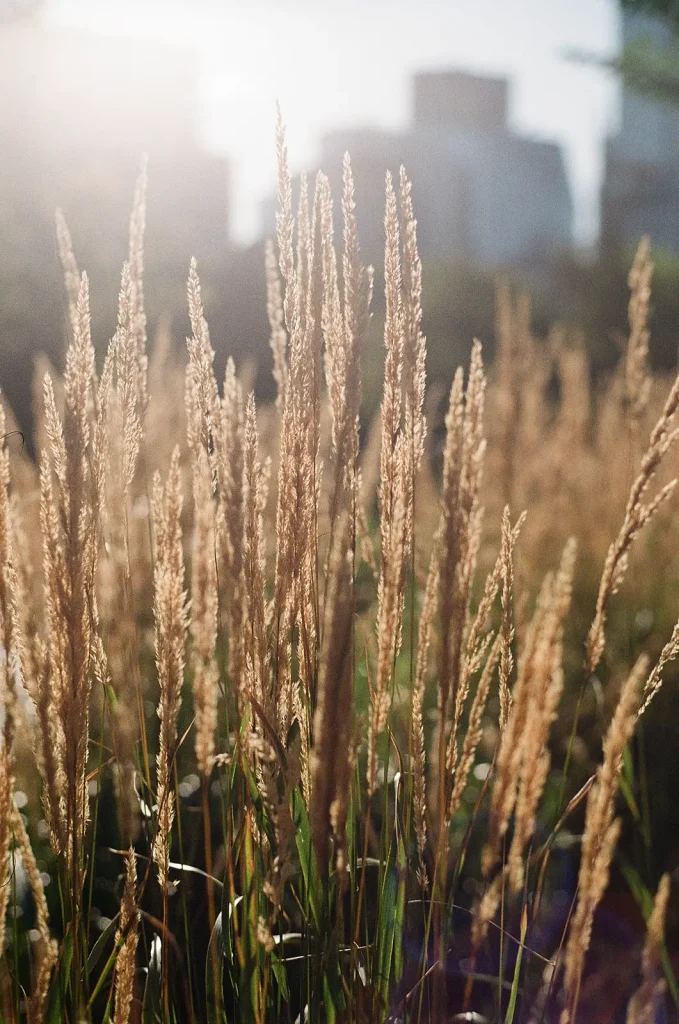
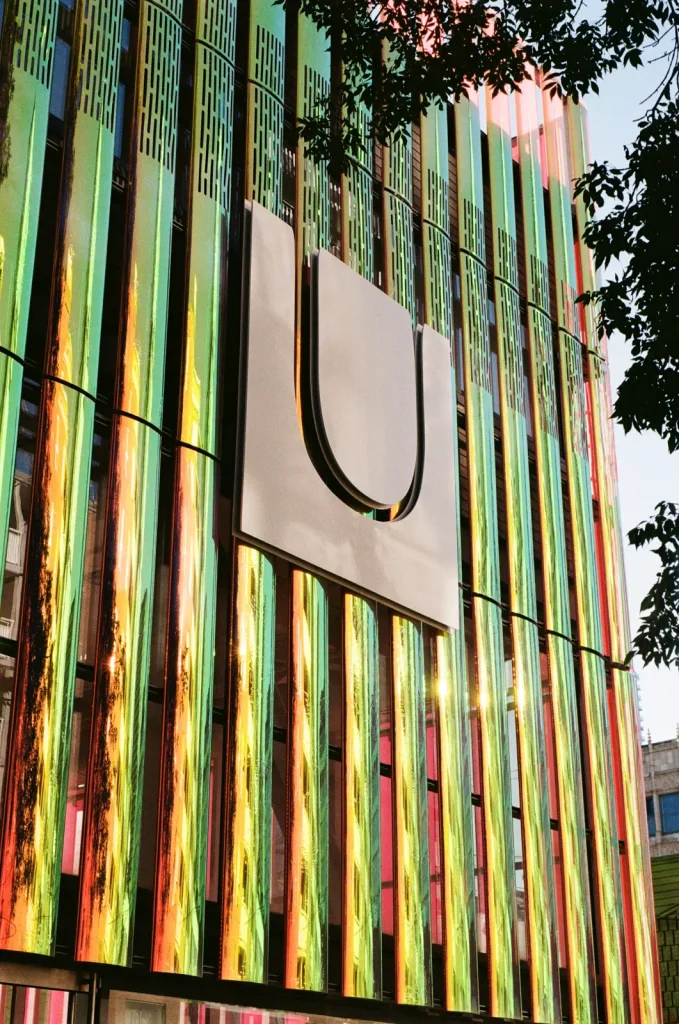
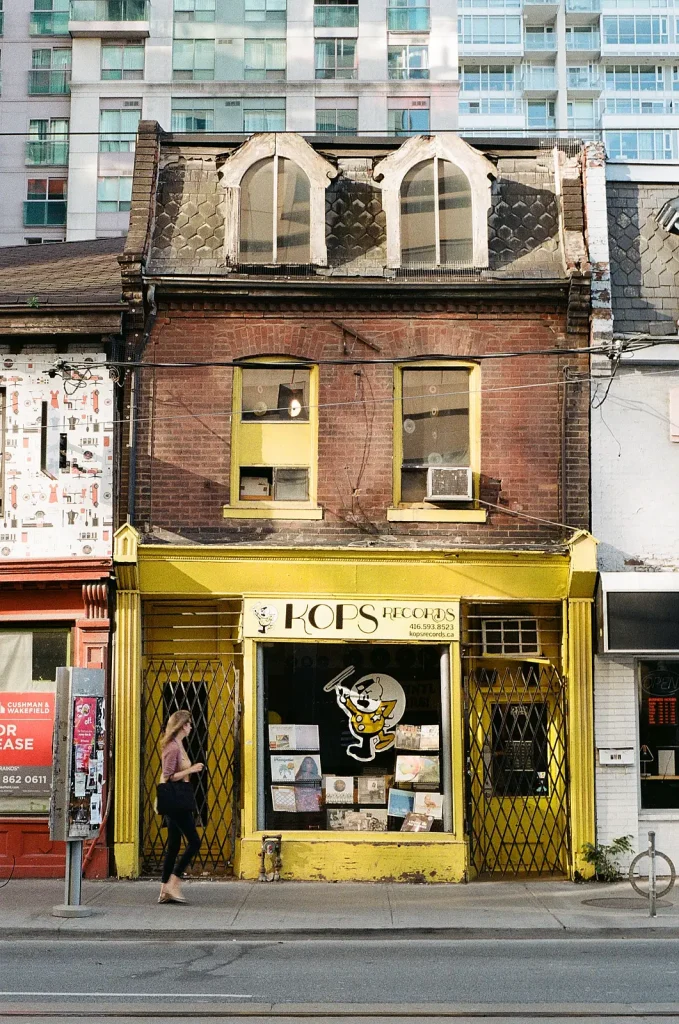
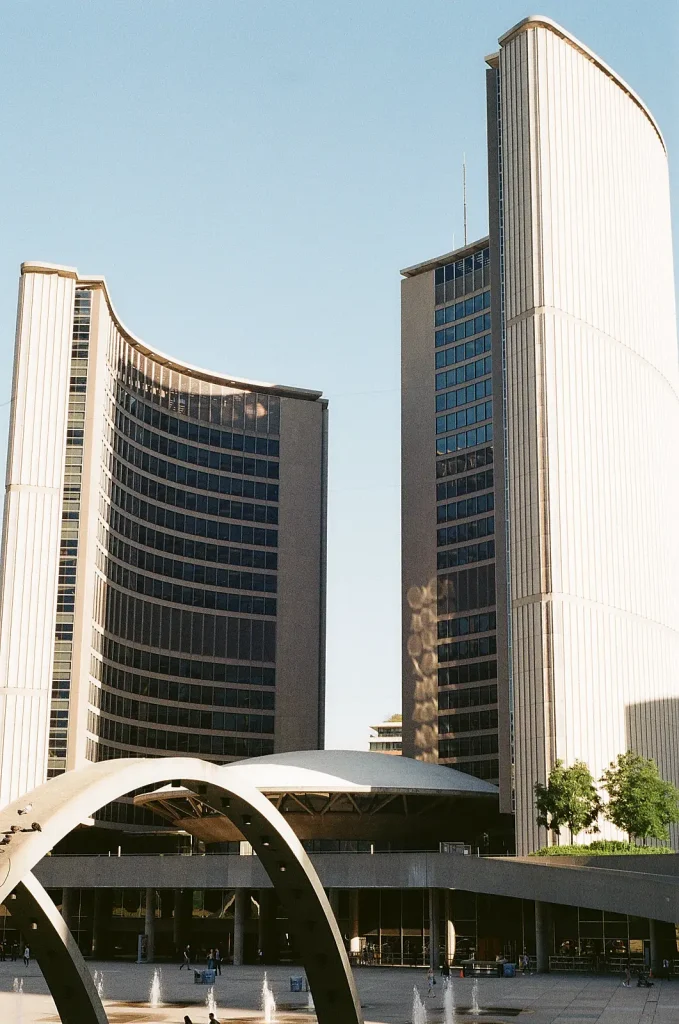
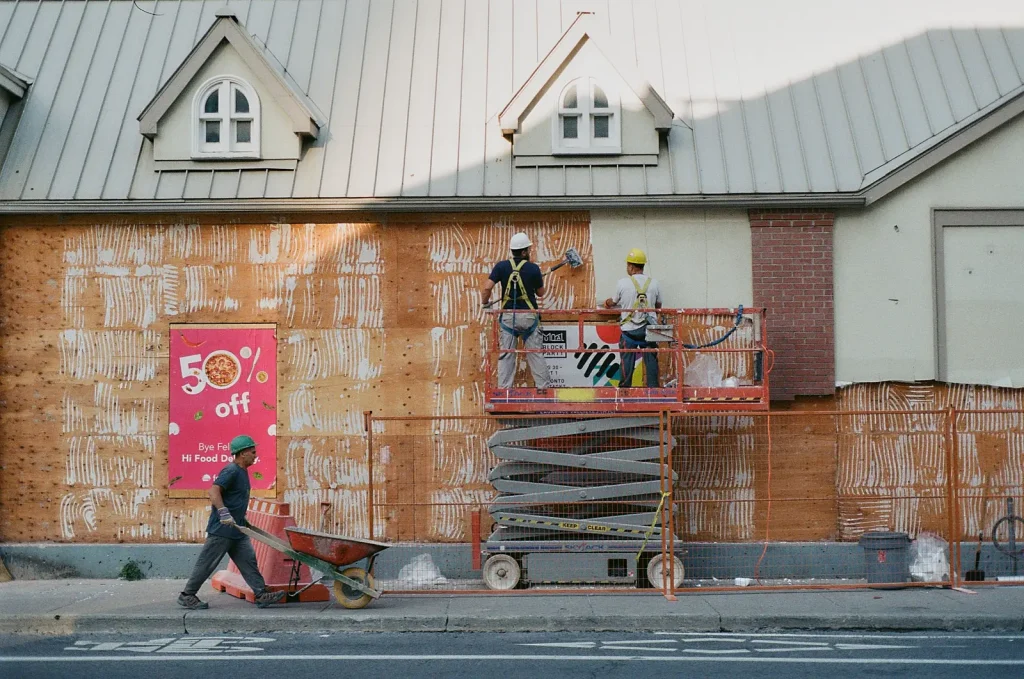
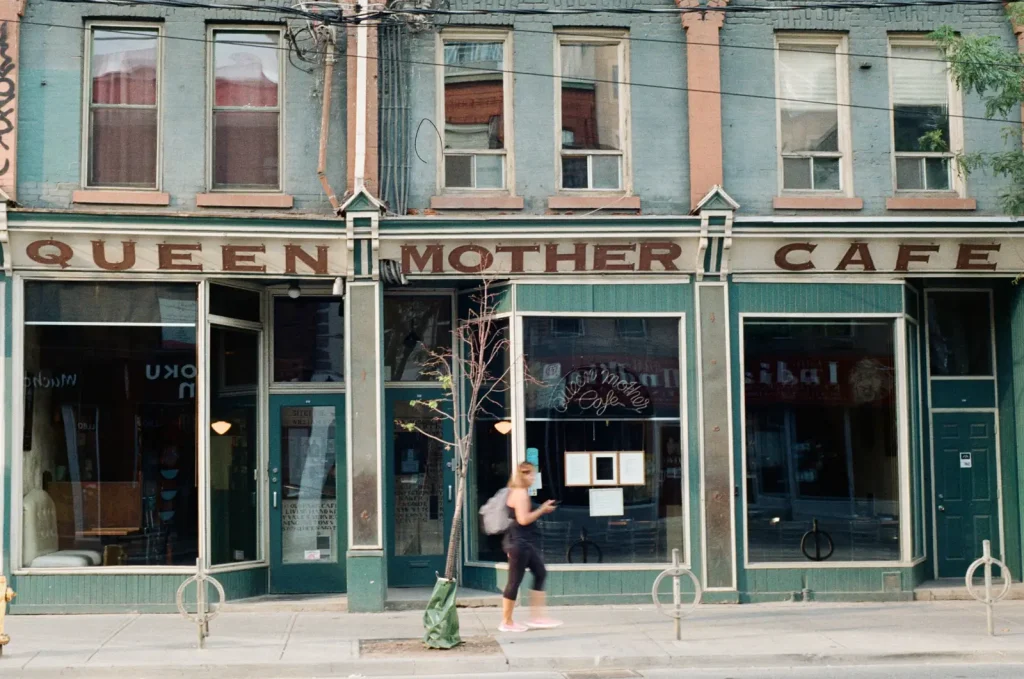
Dhanesh R. is an amateur photographer living in Guelph, Ontario. He builds AI models when not out doing street photography.
Flickr: flickr.com/dhaneshr
Instagram: instagram.com/the_real_dhaneshr/
Share this post:
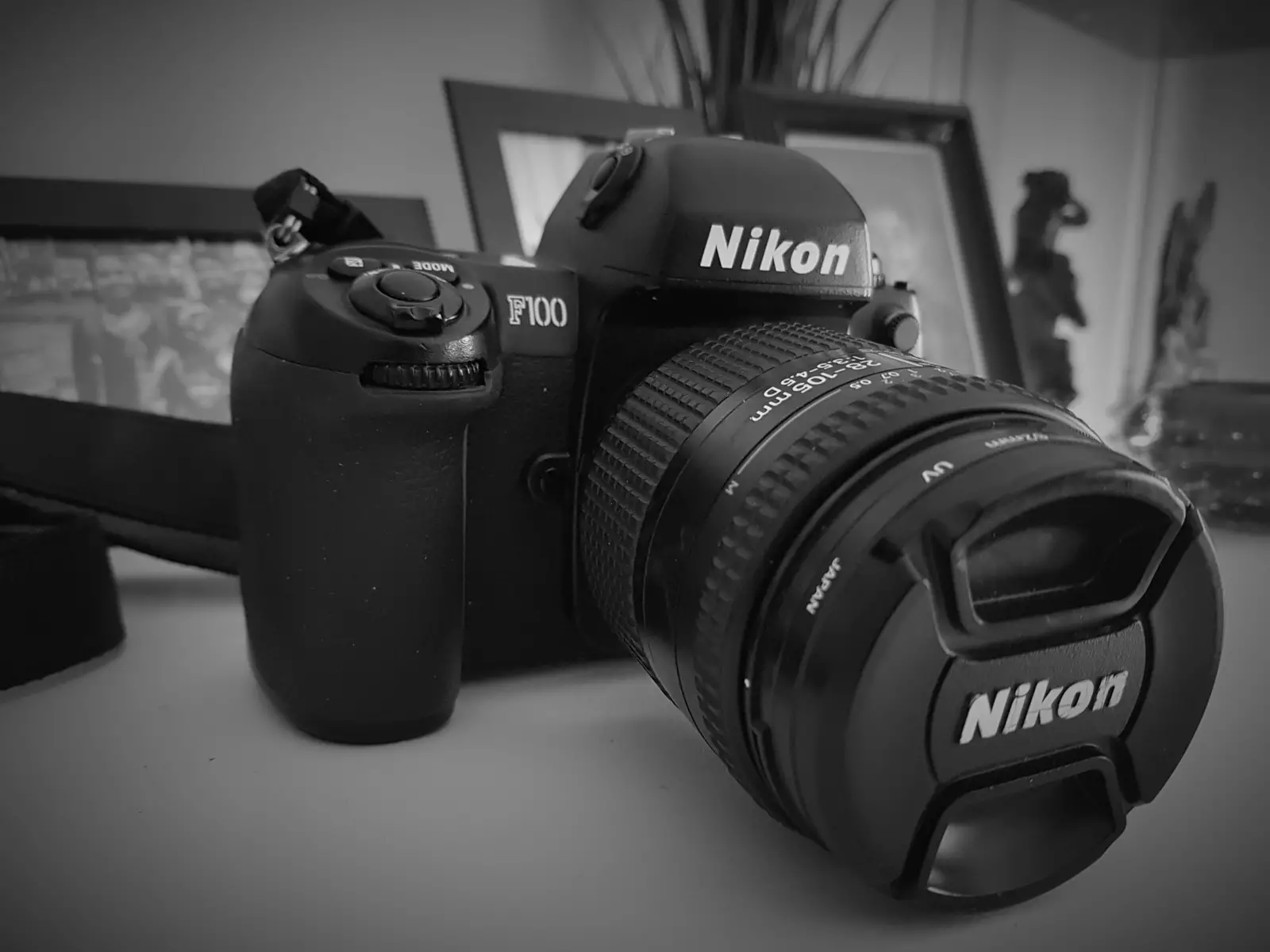
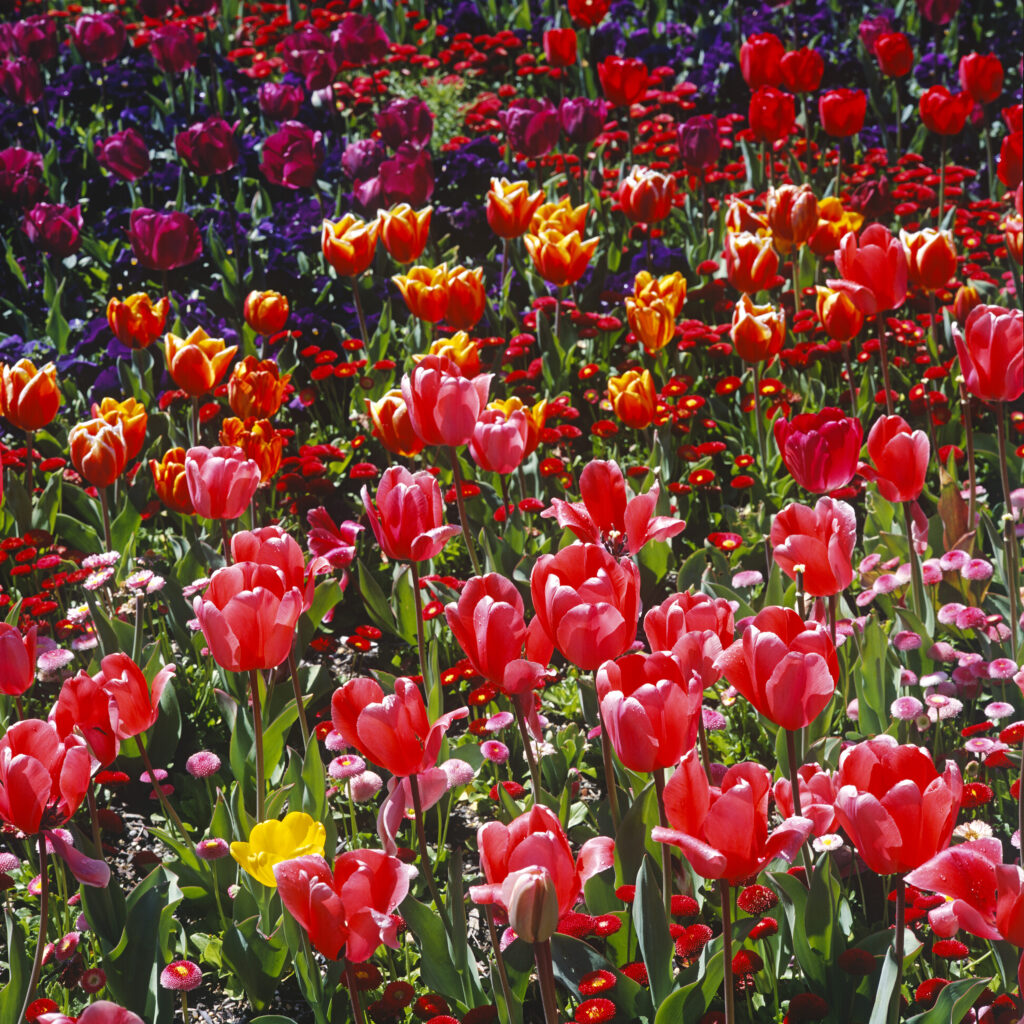
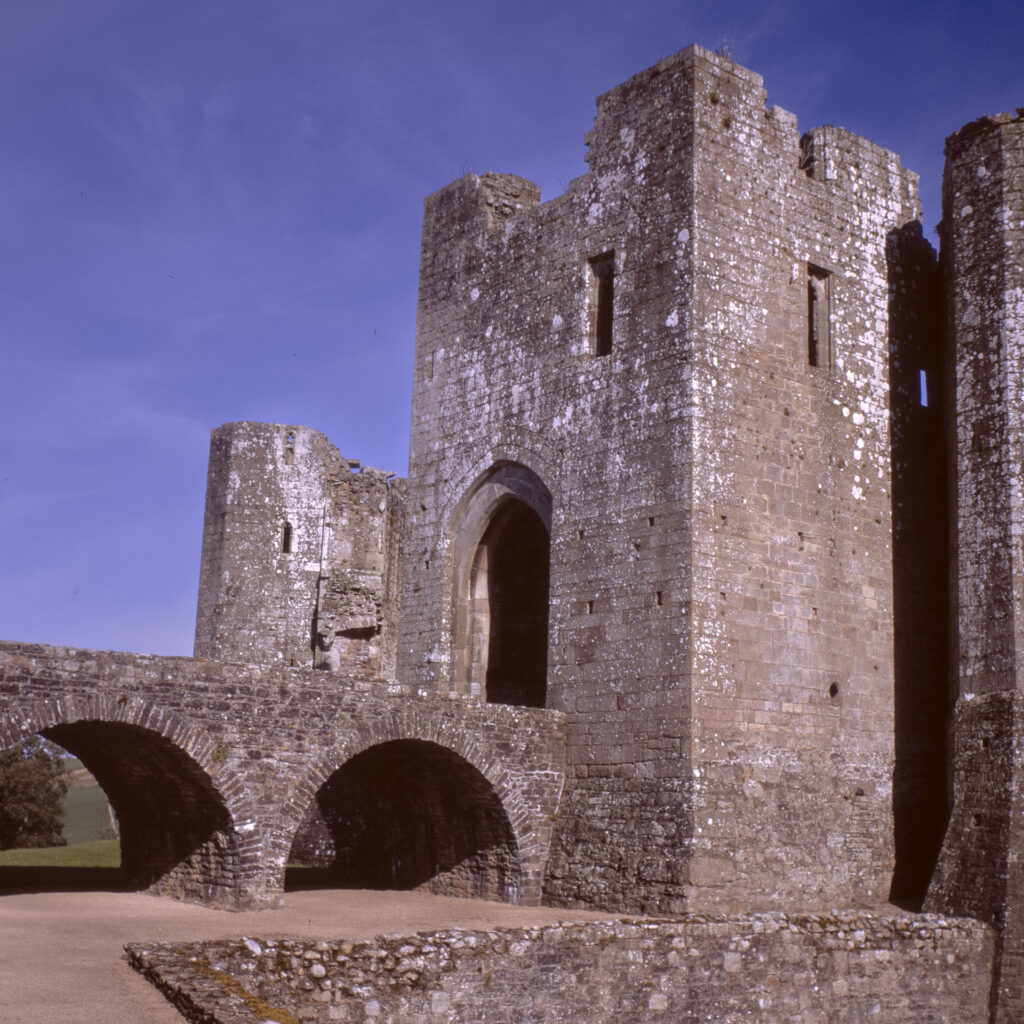
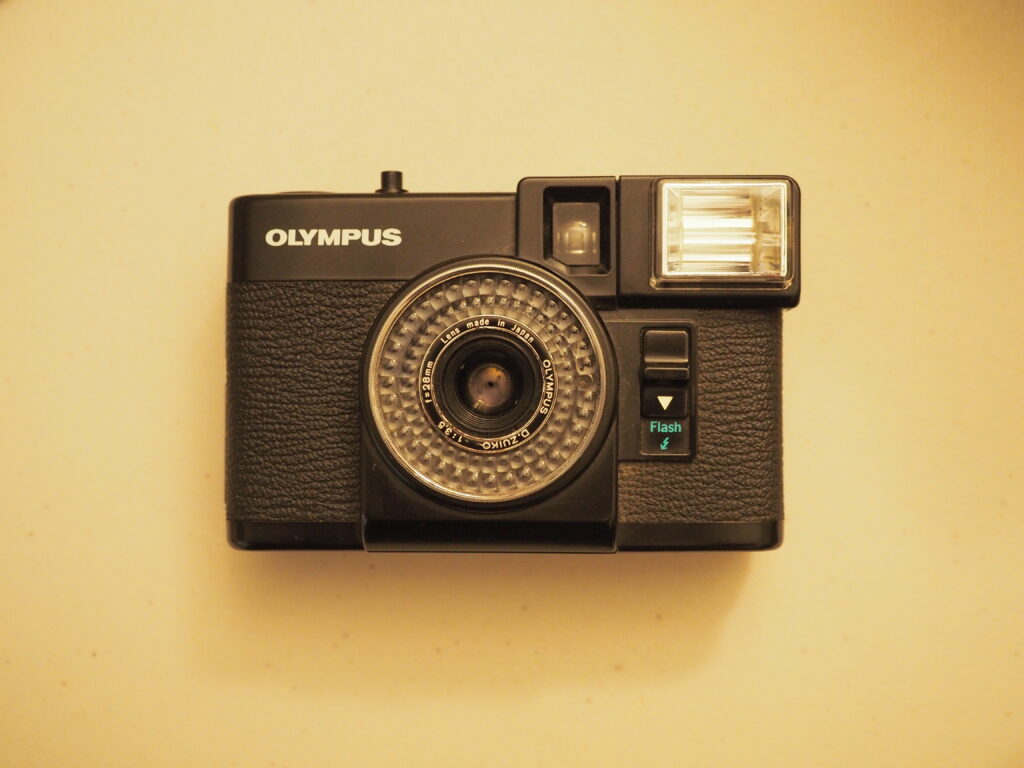
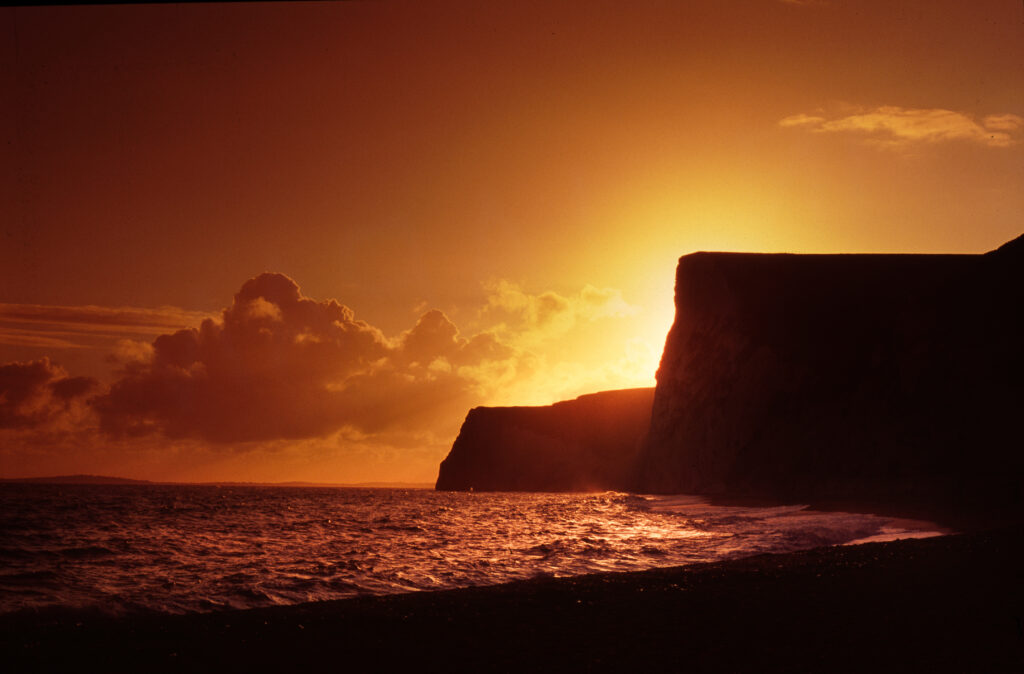




Comments
Scott Edwards on 5 Frames with the Nikon F100 and Kodak ColorPlus 200 – By Dhanesh R.
Comment posted: 27/10/2019
Charles Higham on 5 Frames with the Nikon F100 and Kodak ColorPlus 200 – By Dhanesh R.
Comment posted: 27/10/2019
Charles Higham on 5 Frames with the Nikon F100 and Kodak ColorPlus 200 – By Dhanesh R.
Comment posted: 27/10/2019
Comment posted: 27/10/2019
Kamales on 5 Frames with the Nikon F100 and Kodak ColorPlus 200 – By Dhanesh R.
Comment posted: 28/10/2019
eric on 5 Frames with the Nikon F100 and Kodak ColorPlus 200 – By Dhanesh R.
Comment posted: 28/10/2019
Comment posted: 28/10/2019
Marc Wick on 5 Frames with the Nikon F100 and Kodak ColorPlus 200 – By Dhanesh R.
Comment posted: 13/06/2020
Comment posted: 13/06/2020